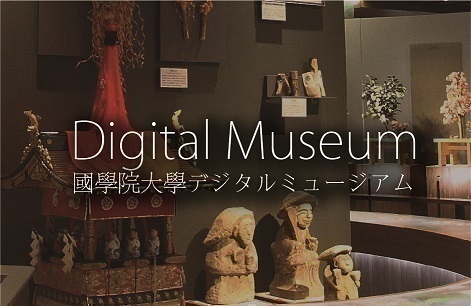- トップ
- Encyclopedia of Shinto
- Kawabe Kiyonaga
Encyclopedia of Shinto
| Main Menu: | |
| Links: |
詳細表示 (Complete Article)
| カテゴリー1: | 8. Schools, Groups, and Personalities |
|---|---|
| カテゴリー2: | Personalities |
| Title | Kawabe Kiyonaga |
| Text | (161-88) Priest (shikan) at the Grand Shrine of Ise in the early Edo period. Descendent of the Ōnakatomi lineage, traditional inheritors of the office of Senior Chief Priest (daigūji) at Ise, Kawabe was part of a branch lineage and thus became a Buddhist acolyte for a period early in life. He returned to lay status at the age of thirteen and entered the service of the daigūji house at the Grand Shrine. When Kawabe was fifty-three (in 1653), Fujinami (Ōnakatomi) Tomotada, who held the rank of Supreme Priest (Jingū Saishu) at the Grand Shrines, offended imperial protocol and was dismissed from his post. To fill the vacancy, the man currently serving as daigūji, Kawabe Sadanaga was given the role of saishu, with the result that Kawabe Kiyonaga then rose to fill the vacant post of daigūji. Kiyonaga is known for having studied Shinto with Deguchi (Watarai) Nobuyoshi (1615-90), and having received transmission of the Nakatomi harai purification rituals from Yamazaki Ansai (1619-82). He succeeded in bringing about a period of revival at the Grand Shrines of Ise, which had been in decline since the medieval period, and he particularly dedicated himself to the reestablishment of the rites recorded in ancient texts. On the occasion of the Regular Rebuilding and Rededication (see shikinen sengū) of the shrine between 1661 and 1673, he revived the various ceremonial protocols associated with the removal, and he worked for the revival of the deputy and branch shrines (sessha and massha) that had for long years been left to deteriorate. In 1675 he passed the office of daigūji on to his son Nagaharu, and took the retirement name Kawabe no Zenji. His written works include Manji Naikū goenjōki (Record of the Fire at the Inner Shrine in the Manji Era) and Kanbun sessha saikōki (Record of the Revival of the Deputy Shrines in the Kanbun Era). Died on the twenty-ninth day of the eighth month of 1688 at the age of eighty-eight. - Kadoya Atsushi |




